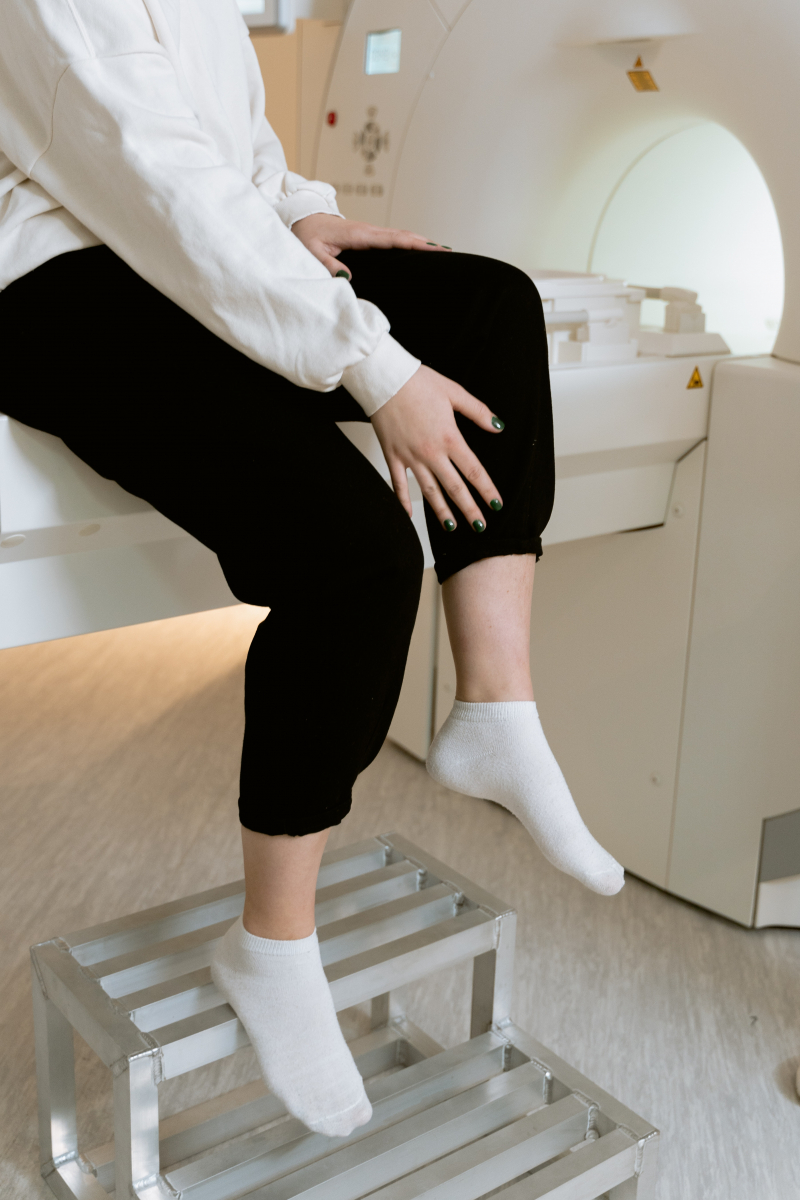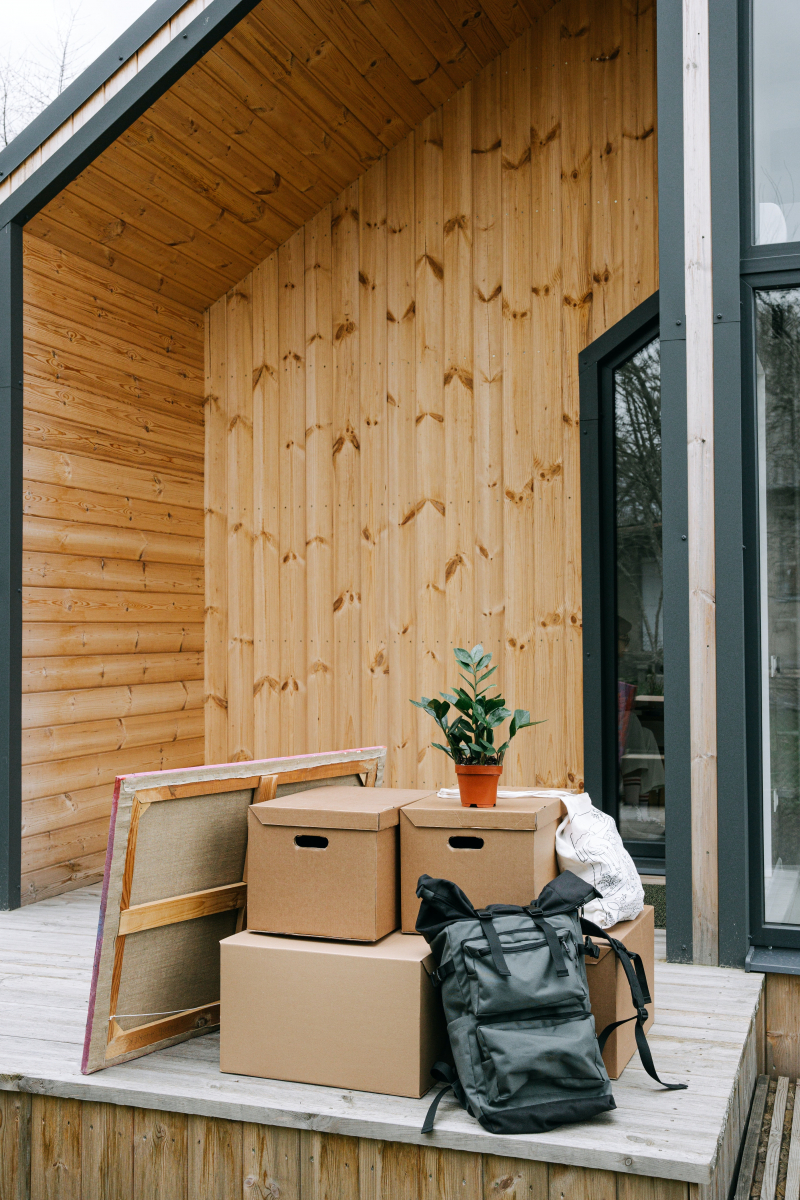Passive House Technology
A system used in the construction of homes, known as Passive House or the more hipper German moniker PassivHaus, has some very astonishing advantages. It's an almost mind-bogglingly effective form of energy-efficient home design. It can save up to 90% on heating and cooling costs. In addition to saving you money as a homeowner, lower energy costs also mean we consume less energy overall, which means we are less dependent on energy sources that emit greenhouse gases. As a result, everyone benefits from lower energy costs.
The main problem with Passive House technology, which has been available for a while but hasn't really taken off outside of countries like Germany, is that people simply don't think it's possible. They won't believe you if you tell them they can heat their house without using any electricity. However, the procedure calls for the utilization of heat exchanges, triple-glazed windows, and something they refer to as "mega insulation." Although certain buildings can be renovated, it's a process of building a house from the ground up rather than something you do to an existing one.
An effective heating system is not actually necessary for a Passive House. Almost all heating requirements can be satisfied by an air heat exchanger and windows. If the temperature drops too low, a tiny heater can be utilized. Exacting standards must be met by the building's exterior, also known as its envelope, its windows, its insulation, and its ventilation system.
When they do, the system's efficiency is maximized and it works, as evidenced by the thousands of homes that have been constructed in accordance with the norm. If widely adopted, the Passive House idea could significantly cut energy consumption and waste creation because it uses 90% less energy for heating and cooling.












